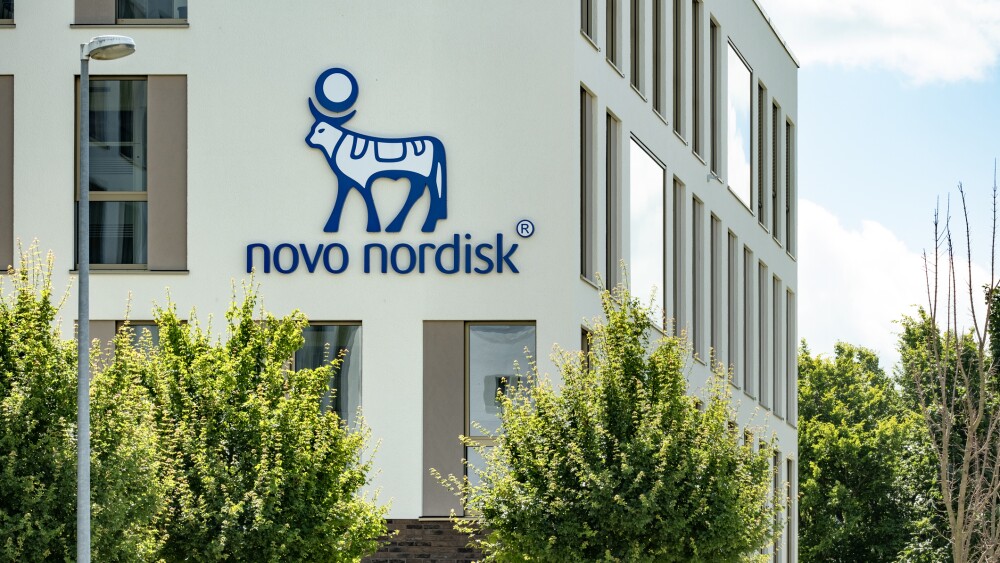HOUSTON, TX, July 13 /PRNewswire-FirstCall/ -- NASA's bioreactor technology has significantly advanced adult stem cell research through a new partially exclusive license agreement and two-year joint-research partnership with Houston-based Regenetech Inc., a biotechnology company.
The bioreactor is a system developed to cultivate three-dimensional cells for space research that also simulates the way cells grow within the human body. These rotating culture systems and related technologies are now being applied to cell and tissue regenerative medicine and gene therapy.
Stem cells have been differentiated for over 100 days and chromosomal and other studies show no defects or problems, a discovery made in space and further developed jointly by Dr. Thomas Goodwin at NASA's Johnson Space Center (JSC) and Regenetech's scientists.
Regenetech has a major research project involving harvesting adult stem cells (those cells that come exclusively from the adult human) from a patient's blood or bone marrow to grow them externally using the bioreactor for cell and tissue restoration. The regenerated cells can then be reintroduced to the patient via the blood stream without worry of compatibility complications or negative effects on the immune system. Regenetech has licensed 13 NASA patents and has over 20 patent applications pending that cover the research.
"The crucial part of the tissue regeneration is the creation of enough adult stem cells of the type that will differentiate into all of the various types of human tissue," said Donnie Rudd, Chief Scientist and Director of Intellectual Property of Regenetech, Inc. "We took the NASA technology, advanced it with our own technology, and are making adult stem cell technology the wave of the future, thereby eliminating the need for embryonic stem cell work for most medical applications", said Rudd.
Under the agreements negotiated with Regenetech through JSC's Technology Transfer and Commercialization Office, NASA scientists will provide their expertise in bioreactor technology. Regenetech will use its technology for cell and tissue regeneration including the heart and vascular system, pancreas, prostate, liver, skin, lung and human blood.
Among the licensed technologies are two recent NASA patents that use a time-varying electromagnetic field imposed on a spinning, fluid-filled vessel to improve the growth of neural tissue.
"Part of the new technology harnesses the understanding of what really makes cells grow and how to provide the optimum physiomechanical environment most conducive to stem cell differentiation," said Robert Parker, President of Regenetech. Parker indicated that Regenetech expects to file a substantial number of additional patent applications this year on medical techniques and applications using their technology.
"If successful, this technology and the associated processes may well speed the exploration of space making it safer to send humankind to the planets and simultaneously address a significant number of Earth-related maladies," Parker said.
In addition to potentially progressive treatments for chronic diseases such as diabetes, cirrhosis and sickle cell anemia, Regenetech's work could result in other medical therapies that may help heart attack, cancer, and AIDS patients or even burn victims. Regeneration of bone marrow and circulatory stem cells could reduce the devastating effects of chemotherapy by replenishing white-blood cells, red-blood cells and red-blood-cell platelets that help the immune system fight disease and protect patients from further complications.
"Working with NASA is a perfect match for Regenetech," said Rudd. "It gives us access to technology developed in outer space that we could not afford to develop ourselves and allows us to transition it to Earth based laboratory use. These advances will lead to a better quality of life throughout the world."




